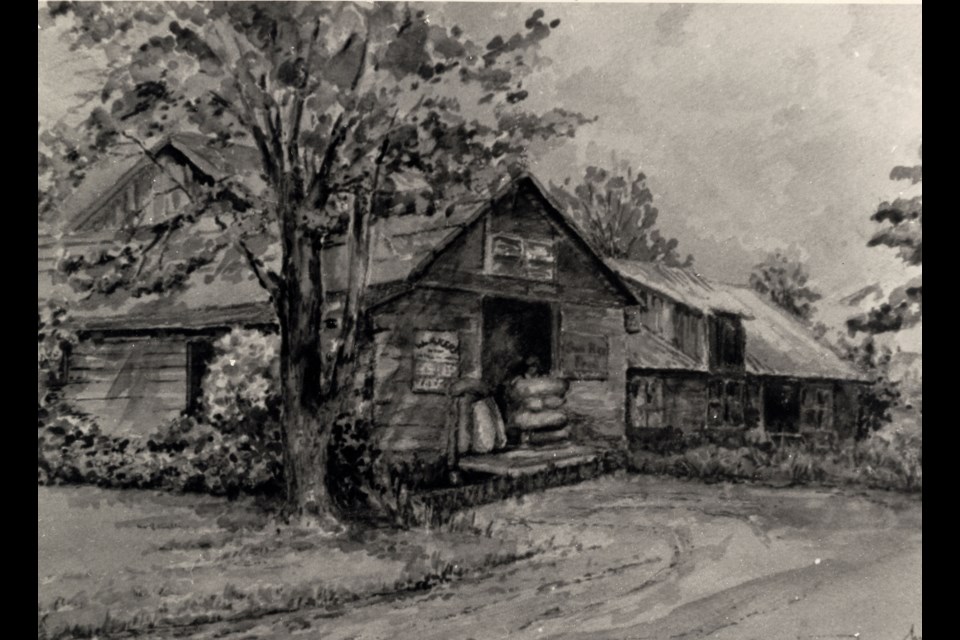Grist mills, where grain was ground into flour, were vital to the development of any region in 19th-century Ontario, and Innisfil was no exception
Without a local mill, grain would have to be shipped considerable distances to be turned into flour.
That was the case when the first settlers began to filter into Innisfil. They harvested golden grain from stump-riddled fields, but then would have to travel as far as Newmarket to have it ground down. Though almost inconceivable today, many walked the distance with grain carried on their back, and then returned laden with flour.
Mills were water powered at the time. Water, directed by a sluice, turned the huge water wheel, which, in turn, powered the interior millstones. The bottom stone, called the bed, was fixed to the floor, while the top stone, the runner, was mounted on a spindle driven by the main shaft. The distance between the stones could be varied to produce the grade of flour required; moving the stones closer together produced finer flour.
The flour was then fed down a chute to be collected in sacks or barrels on the ground, or ‘meal floor.’ Farmers didn’t pay for these services. Instead, the miller collected a ‘miller’s toll,’ an agreed-upon percentage of the finished flour.
Streams in Innisfil were larger and ran faster at the time than today, but still, mill owners had to erect dams to create millponds that would provide a steady supply of water in all seasons. If the mill endured long enough, it would switch to steam or even electricity.
There were half a dozen grist mills in Innisfil at one point. Some were particularly notable.
Innisfil’s first mill was built in Tollendal in 1835. Two others emerged a short distance to the south. Their locations near Yonge Street were convenient for farmers bringing their grain by wagon.
The ghost town of Lennox, located on the 5th Line and founded around mid-century, was centred on a grist mill and its partnered saw mill. When the mills closed, the community atrophied.
Perhaps the longest-running mill was along the banks of Lovers’ Creek. Built in 1879 by William Hewson and William Lennox, it ran until the dam was taken out by a severe storm April 6, 1929. It may have run briefly for a few years after.
The last mill to operate was the William Akers grist mill in Churchill, which was demolished in 1974.



